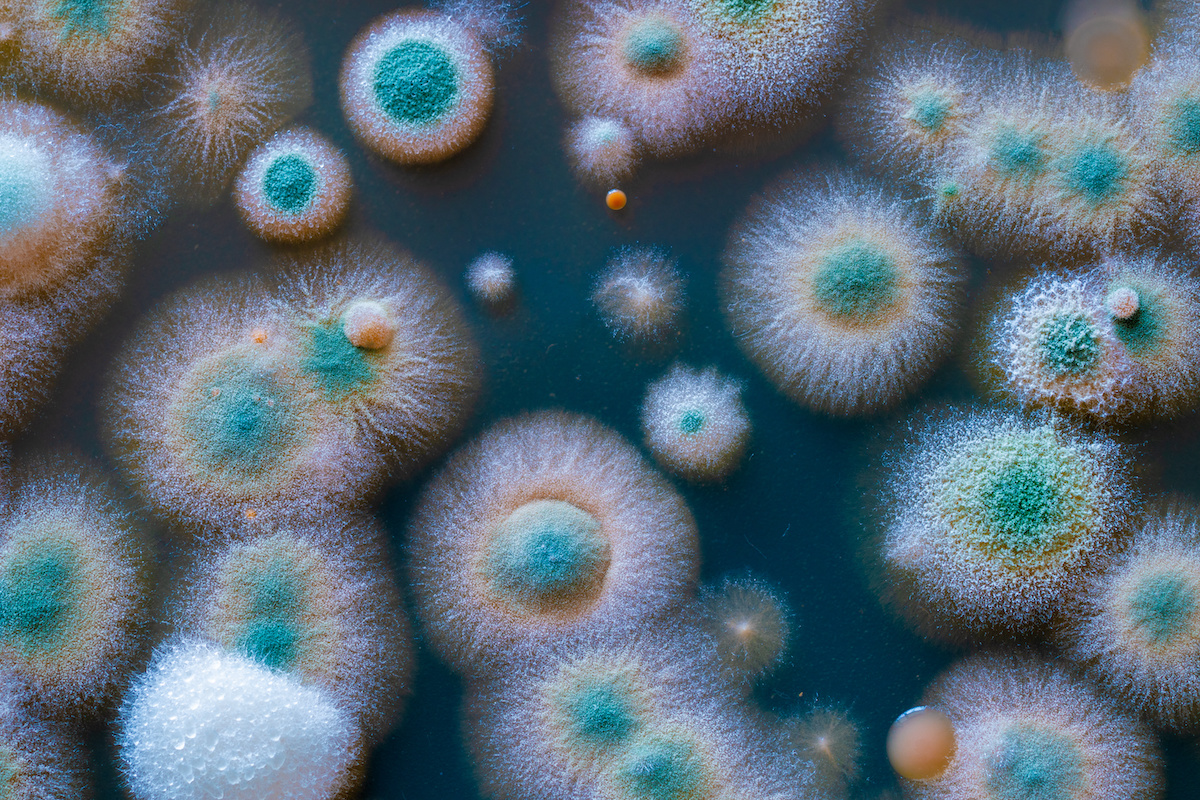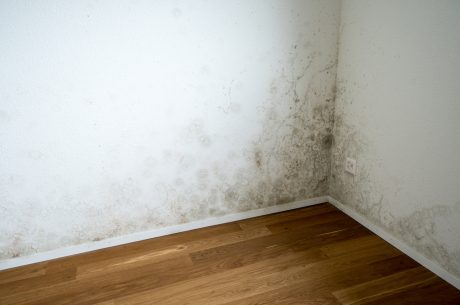No matter how clean a home is, mold has a way of sprouting up unexpectedly. There are currently thousands of species of mold known to us, and surprisingly, they don’t all deserve the reputation they’ve been given. Knowing the difference between harmless mold and toxic mold could help save you money, protect your home and belongings, and most importantly, preserve your health and life.
The Emergence of “The Mold Queen”
In 1999, one Texas family did not know much about mold and the havoc it could wreak, but the experience and the affect on the family and their home taught us a lot about mold. The problems first arose for Melinda Ballard, her husband, Ron Allison, and their 3-year-old son, Reese, when they began noticing health issues – respiratory problems for Reese and Alzheimer’s symptoms for Ron. The health problems continued to affect the family members for months until a chance encounter with an air quality specialist lead them to understand that mold in their home might be the underlying issue.
After months of agony, Melinda and her family finally had the air tested in their 12,000 square foot mansion and were stunned to find that toxic mold was everywhere, and they all needed to leave immediately without any of their possessions. This definitely wasn’t good mold – they discovered that a type of toxic black mold called Stachybotrys was growing in their home. This type of mold cannot be cleaned because it releases thousands of dangerous spores into the air; instead, any surface that the mold is on needs to be carefully removed. Melinda and Ron did everything they were supposed to do – they left the property with nothing to avoid cross-contamination, started an insurance claim, and began the process to get their lives back; they did not know that the damage was already done, and it could and would never be repaired.

view through a magnifying glass. white wall with black mold. dangerous fungus that needs to be destroyed. It spoils look of house and is very harmful parasite for human health.
When Melinda and Ron initially filed the claim with the insurance company, they expected them to understand the urgency of the situation and promptly get the gears rolling on rectifying everything. The insurance agency instead took their time inspecting and investigating the property to the point that the home could no longer be saved. The devastated family, still suffering from their own health issues, were forced to sue the insurance agency. At first the family was awarded $32 million, but after appeals from the state, ended up with nothing. In the process, Melinda, who became an advocate for homeowners, started her own nonprofit called POA (Policyholders of America), and was crowned the “Mold Queen.”
This case came with its own controversy, mostly from people who did not understand the specifics and were led to believe by the insurance company that the family was simply scamming. Unfortunately, the situation was real and the family never received the help they needed; the mold in their home caused permanent health issues for the entire family and they all passed away prematurely: Reese, the child, died in February, 2021 after a lifetime of problems. This is an extreme case, but understanding the basics about mold and what to look out for are vital to protecting your family.
Mold: the Good, the Bad, and the Ugly
Mold mitigation should always be left to the professionals, but it is still important to understand some basics so you can know what to look for and to avoid a similar experience to “The Mold Queen” and her family. Mold in itself is not something to be afraid of (fun fact: did you know penicillin and other antibiotics were actually developed from mold?), but there are dangerous species of mold that we do need to avoid. Just like Melinda and her husband, it’s important to be aware of your family’s health and recognize when something isn’t right; if you are experiencing flu-like symptoms that don’t subside, allergy-type reactions, respiratory issues, or other unexplained issues, mold may be the cause.

close up petri of dish with microbe colony
Mold particles are literally flying around your head as you read this article (sorry, hypochondriacs!), but many types of mold need to be treated properly. If you suspect that bad mold is in your home, PuroClean will dispatch our AMRT and WRT certified technicians to address any issues. They will locate the mold’s source of moisture and stop it with state-of-the-art HEPA filtration and HEPA vacuums. Once the mold is completely eradicated, technicians will perform a deodorization of the mold-abated areas and apply preventive measures as needed. Please don’t wait to contact PuroClean of Orland Park: (708) 409-9400. It’s imperative to have a professional address the mold growth and the water damage that is feeding it as soon as possible. The cost of waiting could be more than many are willing to pay.




 PuroClean of Orland Park
PuroClean of Orland Park